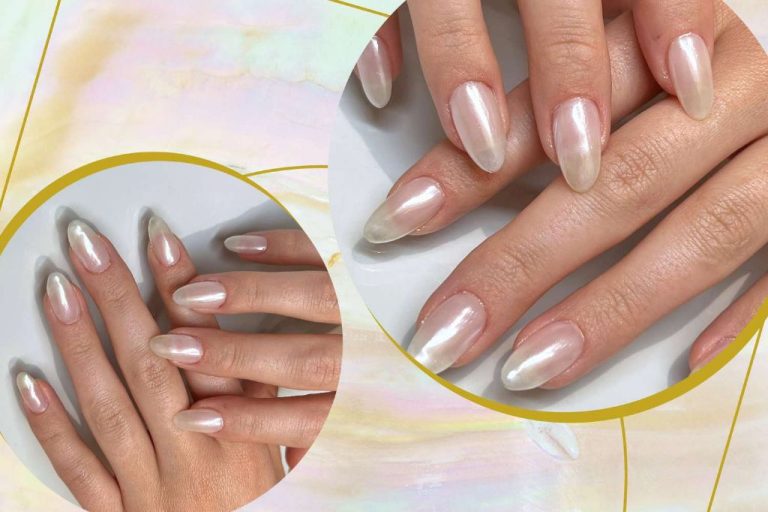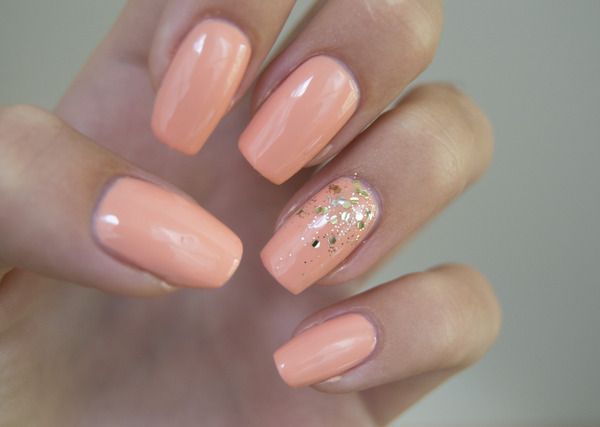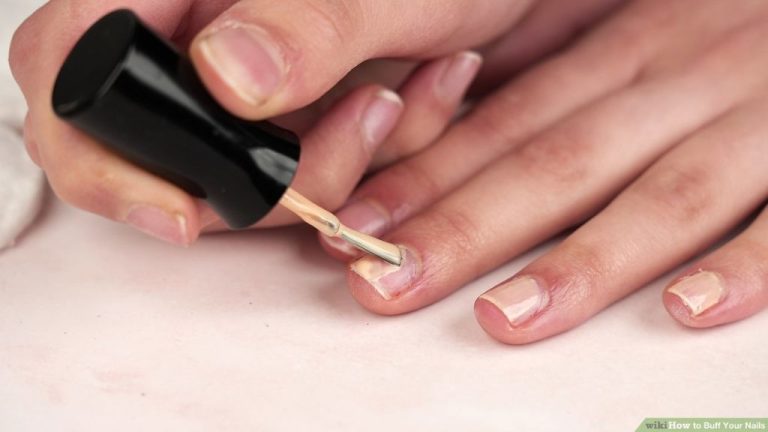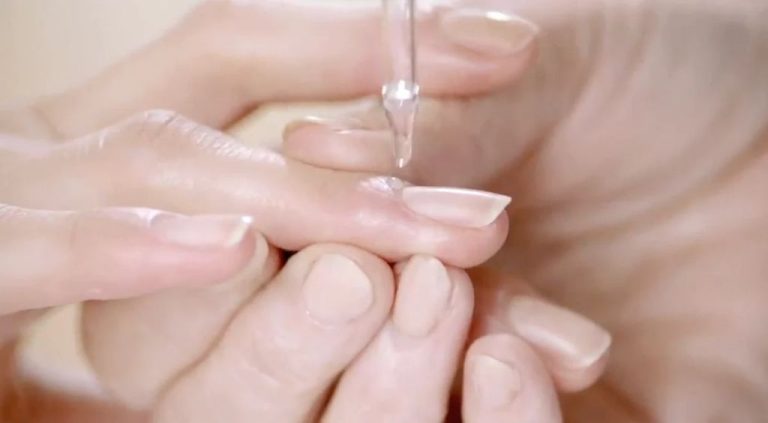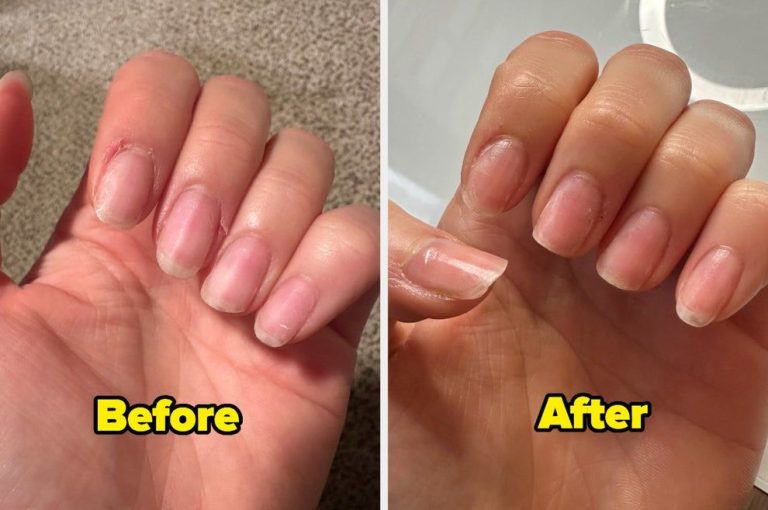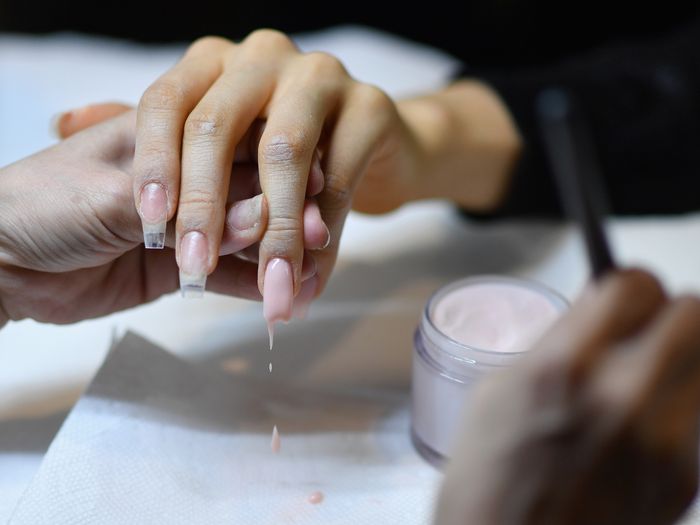Nail Care Q&A: Ask An Expert Your Burning Nail Questions
We live in a nail-obsessed culture, with nail art and complex manicures rising in popularity. This has resulted in an increase in common nail care questions among readers who want to DIY or better understand the professional process. The purpose of this article is to provide answers to frequent nail care FAQs, helping readers make informed decisions related to nail health, shapes, lengths, care, polishes, and more. The goal is to create a comprehensive nail care Q&A that educates readers with insider knowledge direct from an expert.
Basic Nail Anatomy
The nail is made up of several different parts that all work together to enable healthy nail growth. The main parts of the nail include:
- Nail plate – This is the hard, protective top layer that we see. It is made up of dead, compacted keratin cells.
- Nail bed – This is the skin underneath the nail plate that contains nerves, lymph and blood vessels. The nail root is embedded in the nail bed.
- Nail matrix – This is the area underneath the cuticle where new nail cells are generated. The nail matrix contains stem cells that enable nail growth (https://nailbees.com/nail-structure).
- Cuticle – The cuticle is the thin layer of skin that overlaps the nail plate and protects the nail matrix.
- Lunula – The whitish, half-moon shaped area at the base of the nail plate.
Together, these parts allow new nail cells to be produced in the matrix, which then push older nail cells forward, compacting them into the hard nail plate that grows outward from the nail bed. The surrounding skin protects the nail matrix and nail bed.
Nail Shape Options
When getting a manicure, one of the first decisions is picking the nail shape. The shape of the nail completely transforms the look of your hands. Some of the most popular nail shapes right now include:
Oval Nails
Oval nails are a classic, versatile shape that complements most nail lengths. They have a gentle curve on the sides and appear somewhat almond-like, but are slightly rounder. Oval nails look great on both long and short nail beds.
Square Nails
Square nails have straight edges and sharp corners, giving an angular and elongated look. They create the illusion of longer nails. Square shapes look bold yet neat and polished. They allow more of the nail bed to show.
Almond Nails
Almond nails are a popular shape right now. They have an elegant, feminine look with a dramatic curve and pointed tip. The arched sides slim the fingers. Almond works well on most nail lengths, but looks best on longer nails. The sharp point can be prone to breaking on very short nails.
No matter what shape you choose, keeping the nails filed evenly is key for a clean, symmetrical look. The shape you pick can be tailored to your nail length, desired style, and personal preference. Don’t be afraid to ask your manicurist for advice on finding your perfect nail shape!
Nail Length Options
When it comes to nail length, there are many options ranging from short to long. The shortest nail length is very short or “bitten” nails that are just a couple millimeters long. Some people prefer to keep their nails this short for convenience and practicality. Research has found the average fingernail length is around 12-13 mm for men and women (Source).
Medium length nails range from around 1/8 inch to just over the tip of the finger. This classic length is versatile and suits most nail shapes. Longer nail lengths go beyond the fingertip by several millimeters or more. Long square nails are a popular style these days. Extra long nails extend well beyond the fingertip by over 1 cm. These dramatic lengthy nails allow for artistic nail art designs.
The longest natural nails can grow to several inches in length. However, very long nails over 3-4 inches are often acrylic or gel extensions. When considering nail length, it’s important to pick a length that suits your lifestyle and personal taste.
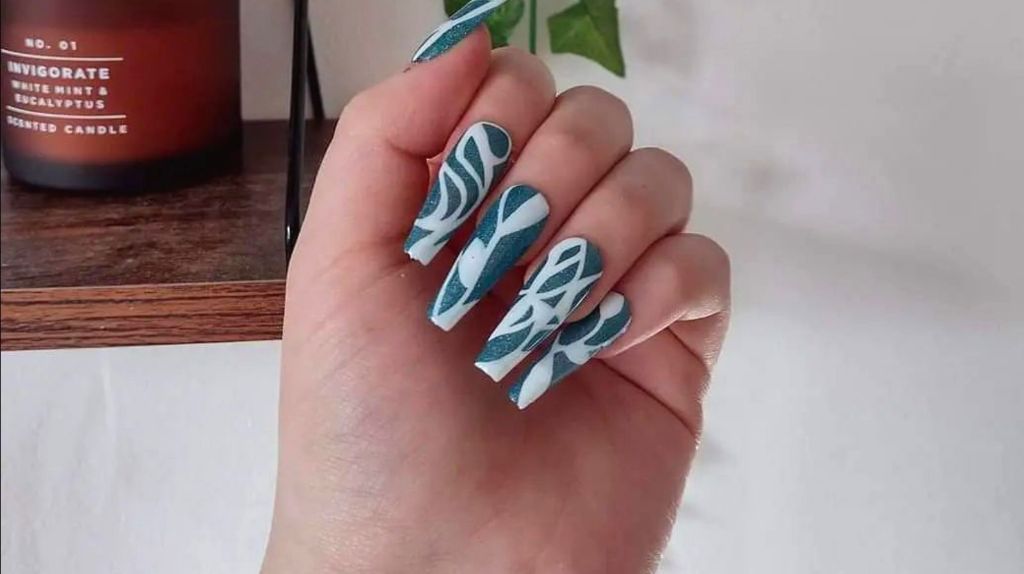
Nail Health and Common Issues
Having healthy nails is important for overall hand health, but many people struggle with common nail issues. Some of the most common nail problems include:
Brittle Nails
Brittle nails split and break easily. Dehydration, frequent exposure to water, harsh soaps and chemicals, nutritional deficiencies, aging, and medical conditions like hypothyroidism can contribute to brittle nails (source). Using moisturizers, avoiding harsh products, taking biotin supplements, and filing nails can help. Brittle nails may also indicate an underlying medical issue, so it’s best to see a dermatologist if the problem persists.
Hangnails
Hangnails form when dead skin peels away from the nail bed. Picking and pulling at them can lead to infection and pain. Applying moisturizer, trimming hangnails carefully with sterile nail clippers, and avoiding biting/picking can prevent issues. See a doctor for severe cases.
Fungal Infections
Nail fungus causes thickened, discolored nails. Risk factors include sweaty hands and feet, walking barefoot in damp areas, having acrylic nails, and medical conditions like diabetes and psoriasis (source). Antifungal creams, prescription medications, or laser treatments may be needed to treat fungal infections.
Nail Care Tips
Taking care of your nails is important for maintaining healthy, strong nails that look their best. Here are some tips for keeping your nails in top shape:
Moisturize your nails and cuticles daily. Applying a nail oil, cuticle cream, or petroleum jelly keeps nails flexible and prevents cracking and peeling. Massage the product into nails and cuticles to stimulate circulation (Mayo Clinic).
File nails weekly. Use a fine emery board to gently file nails, shaping them and smoothing away any snags or tears. File in one direction only to avoid weakening nails. File nails after a bath or shower when they are soft (HI Blog).
Use a strengthener or hardener. An over-the-counter strengthener containing proteins or polymers can help reinforce weak or brittle nails. Apply it as a basecoat before polishing nails.
Wear gloves. When doing chores involving chemicals or water, wear plastic or rubber gloves to protect nails from damage and prevent moisture from causing nails to soften.
Avoid picking and peeling. Resist the urge to pick at or peel nails, which can pull layers of nail away and lead to cracks and splits.
Trim nails regularly. Use sharp manicure scissors or clippers to trim nails straight across, then file the edges smooth. This prevents snags and breaks.
DIY Manicures
Doing your own manicure at home can save time and money. Here are some simple steps for a basic DIY manicure:
1. Start with clean, dry nails. Wash your hands thoroughly and make sure there is no traces of oil or lotion on the nails.
2. Shape your nails. Use a nail file to shape them evenly. File in one direction, going from the outside edges to the center. Don’t saw back and forth.
3. Soak your nails in warm water for 5-10 minutes to soften the cuticles. You can add a few drops of olive oil to moisturize the nails and cuticles.
4. Gently push back your cuticles with a cuticle pusher/stick. Do not cut your cuticles as this can lead to infection.
5. Clean underneath your nails with a nail brush and trim any hangnails. Use nail clippers or scissors.
6. Apply a base coat, followed by 2 coats of nail polish. Let each coat dry fully before applying the next. Finish with a top coat for shine and chip resistance.
7. Moisturize your hands and nails. Massage in a rich hand cream, focusing on the nails and cuticles.
With just a few tools, you can give yourself a simple, polish change manicure at home. Invest in high-quality implements and nail polishes for best results. For more detailed nail art, consider visiting a professional nail salon. (Source)
Professional Manicures
Getting your nails professionally done at a salon is a great way to achieve beautiful, lasting nail looks. The two most popular options for professional manicures are gel manicures and acrylics.
Gel manicures involve applying a gel polish formula and then curing it under UV or LED light. The gel hardens on the nail for a glossy, chip-resistant finish that can last up to 2-3 weeks without chipping or fading. According to Glamour, gel manicures remain one of the hottest nail trends for 2024. Some benefits of gel manicures include:
- Long-lasting color
- Chip-resistant
- Dries quickly
- Wide variety of colors and finishes
Acrylic nails are formed by applying a liquid acrylic formula over a nail tip or your natural nail. The acrylic is then shaped and sculpted into the desired nail length and shape. Acrylics allow you to achieve a longer, stronger nail look that can last 2-3 weeks on average. According to Cosmopolitan, bold and long acrylic nails are expected to trend in 2024. Benefits of acrylic nails include:
- Nail lengthening and strengthening
- Durable, long-lasting finish
- Ability to sculpt any nail shape
- Wide variety of options for customization
When getting a professional manicure, it’s also important to look for a reputable, licensed nail salon that maintains proper sanitation standards. This helps prevent possible infections or damage to the natural nails.
Nail Polish Options
When it comes to nail polish, you have a huge variety of colors, finishes, and brands to choose from. Some of the most popular nail polish types include:
Creme polishes – These classic opaque polishes provide full, even color in one coat.
Shimmer polishes – Tiny flecks of shimmer add dimension and catch the light beautifully.
Metallic polishes – From rose gold to chrome, these polishes make a bold, high-shine statement.
Sheer polishes – These allow a hint of nail to show through for a delicate, natural look.
Top coats – Apply these over polish for an ultra-glossy finish and to help extend wear.
Some of the most popular polish color trends include nudes, pinks, reds, corals, and bold brights. When it comes to brands, industry favorites include OPI, Essie, and Chanel.
Reader Q&A
Below are answers to some common nail care questions submitted by our readers.
What causes nails to become brittle and peel?
There are a few potential causes of brittle, peeling nails:[1]
- Lack of moisture – Dry nails can become brittle. Using a moisturizing hand cream daily can help.
- Frequent wetting and drying – This can dry out the nails. Wear gloves when washing dishes or cleaning.
- Harsh chemicals – Nail polish remover, cleaning products, etc. can cause dryness. Always wear gloves when using chemicals.
- Nutritional deficiencies – Lack of nutrients like biotin, iron, and zinc can lead to brittle nails.
How often should I get a manicure?
Most experts recommend getting a manicure every 2-3 weeks if you want to maintain healthy, polished nails.[2] Any longer than 3 weeks and you risk possible nail or cuticle damage from overgrowth and lifting of old polish.
Will gel manicures damage my nails?
With proper application and removal, gel manicures do not have to damage nails. However, picking or peeling off gel polish can take layers of the nail with it. Always go to a reputable salon and have gels properly removed by soaking in acetone.[3]
